Glykogen-Assay-Kit
Notiz: Nehmen Sie vor dem Test zwei oder drei verschiedene Proben zur Vorhersage.
Betriebsausrüstung: Spectrophotometer/ microplate reader
Catalog Number: BC0345
Größe:100T/96S
Komponenten:
Extract reagent: 100ml×1, storage at 4℃.
Regent I: Pulver×1, storage at 4℃.10 mg of glucose, hinzufügen 1 mL of distilled water to dissolve it before use. Diluted with distilled water to 0.1 mg/mL glucose solution for standby, ready to use. 0.1 mg/mL glucose standard solution, storage at 4℃.
Regent Ⅱ: Pulver×1, storage at 4℃.
Funktionierende Lösung: Pour 6 mL of distilled water into Reagent Ⅱ and slowly pour 24 mL of concentrated sulfuric acid. Dissolve and mix thoroughly before use. Unused reagents are valid at 4 °C for one week.
Produktbeschreibung
Glycogen is a high molecular polysaccharide composed of glucose units. It is one of the main storage forms of sugar. It is mainly stored in the liver and muscle as backup energy, and is called liver glycogen and muscle glycogen, respectively. Glycogen can regulate blood glucose concentration. Glycogen can be synthesized in the liver when blood glucose rises. When blood sugar decreases, liver glycogen is broken down into glucose to supplement blood sugar. daher, liver glycogen is important to maintain the relative balance of blood sugar. Muscle glycogen is a form of glycogen storage in muscles. When lots of blood sugar is consumed during strenuous exercise, muscle glycogen cannot be broken down directly into blood sugar. It must first be broken down to produce lactic acid, which is circulated to the liver with the blood, and transformed into liver glycogen through glycogen glucose.
Determination principle: anthrone method. Glycogen is extracted with strong alkaline extract, and the glycogen content is measured using an anthrone method under strongly acidic conditions.
Erforderliche, aber nicht bereitgestellte Reagenzien und Ausrüstung.
Spectrophotometer/ microplate reader, desk centrifuge, transfer pipette, micro glass cuvette/96-well plate, mortar, concentrated sulfuric acid (H2SO4) and distilled water.
Verfahren:
ICH. Sample extraction:
- Cells or bacteria: Collect 5-10 million bacteria or cells into a centrifuge tube, discard the supernatant after centrifugation; add 0.75mL of extraction reagent to ultrasonically break bacteria or cells (power 20% or 200W, ultrasonic 3s, 10s interval, repeat 30 mal) ); Transfer to a 10mL tube, boil in a boiling water bath for 20min (close tightly to prevent water loss), shake the tube every 5 min to fully mix; take out the tube and cool, take up to 5mL with distilled water and mix. Centrifuge at 8000g and 25℃ for 10min, take the supernatant for testing.
- Gewebe: Weigh 0.1~0.2g sample and put it in a 10 mL tube, hinzufügen 0.75 mL of Extraction solution, boil in boiling water bath for 20 Mindest (close tightly to prevent water loss), shake the test tube every 5 min to fully mix. After all the tissue dissolved, take out the tube and cool down, then make up to 5 mL with distilled water. Centrifuge at 8000g and 25℃ for 10 Mindest, take the supernatant for testing.
II. Bestimmung Verfahren:
- Preheat the Spectrophotometer/ microplate reader for 30 Mindest, Wellenlänge anpassen 620 nm, set zero with distilled
- Sampling table (add the following regents in EPtube)
| Regent(μL) | Leeres Rohr (A1) | Standard Tube (A2) | Test Tube (A3) |
| Probe | 60 | ||
| Regent I | 60 | ||
| distilled water | 60 | ||
| Regent Ⅱ | 240 | 240 | 240 |
Mix well, place in a boiling water bath for 10 Protokoll (close tightly to prevent water loss), cool, and take 200 μL into micro glass cuvette/96-well plate to read the absorbance of the blank tube, standard tube, and measurement tube at 620 nm, and record them as A1, A2, and A3. The blank tube and standard tube need only be tested once.
III. Calculation:
- Sample weight
Sorbitol (mg/g fresh weight) =(Cs×V1)×(A3-A1)÷(A2-A1)÷(W×V1÷V2)÷1.11
= 0.450×(A3-A1)÷(A2-A1)÷W
- Protein concentration
Sorbitol (mg/mg prot) = (Cs×V1)×(A3-A1) ÷(A2-A1) ÷(V1×Cpr) ÷1.11
=0.09×(A3-A1) ÷(A2-A1) ÷Cpr
- The number of bacteria or cells:
Sorbitol(mg/104 cell)= (Cs×V1)×(A3-A1)÷(A2-A1)÷(number of bacteria or cells×V1÷V2) ÷1.11
= 0.450×(A3-A1)÷(A2-A1)÷number of bacteria or cells
1.11: It is a constant that glucose content converted to glycogen content, That is, the color of 111 μg of glucose with anthrone reagent is equivalent to that of 100 μg of glycogen with anthrone reagent.
Cs: the concentration of standard, 0.1 mg/mL V1: sample volume, 0.06 ml;
V2: Total sample volume, 5 ml;
Cpr: sample protein concentration, mg/ml; W: Sample weight, G
Number of bacteria or cells: 104 as the unit, ten thousand
Notiz:
If A is greater than 1.4, dilute the sample with distilled water and multiply it by the corresponding dilution factor in the calculation formula.
Verwandte Produkte
BC2450/BC2455 Plant Tissue Fructose Content Assay Kit
BC2540/BC2545 Cellulase(CL) Aktivitätstest-Kit
BC0330/BC0335 Trehalose Content Assay Kit
BC2510/BC2515 Trehalase Activity Assay Kit
BC2520/BC2525 Sorbitol Content Assay Kit
BC2530/BC2535 Sorbitol Dehydrogenase(SDH) Aktivitätstest-Kit
BC0230/BC0235 Reducing Sugar(RS) Content Assay Kit
BC2490/BC2495 Blood Glucose Content Assay Kit
Technical Specification:
The detection limit: 0.002 mg/ml
The linear range: 0.003125-0.25 mg/ml
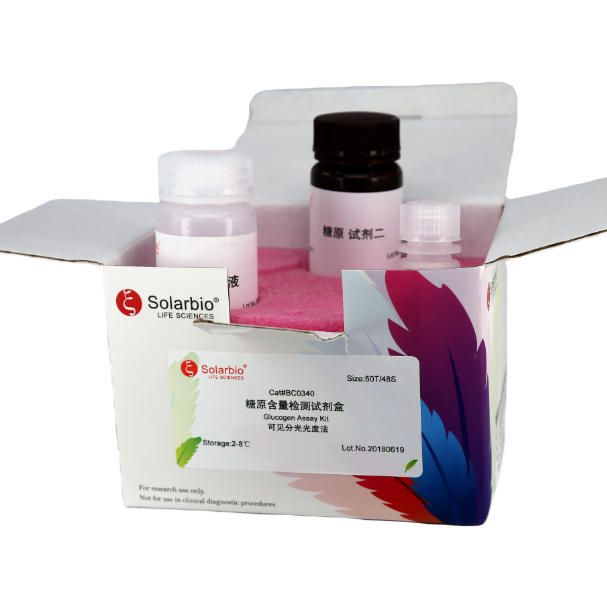
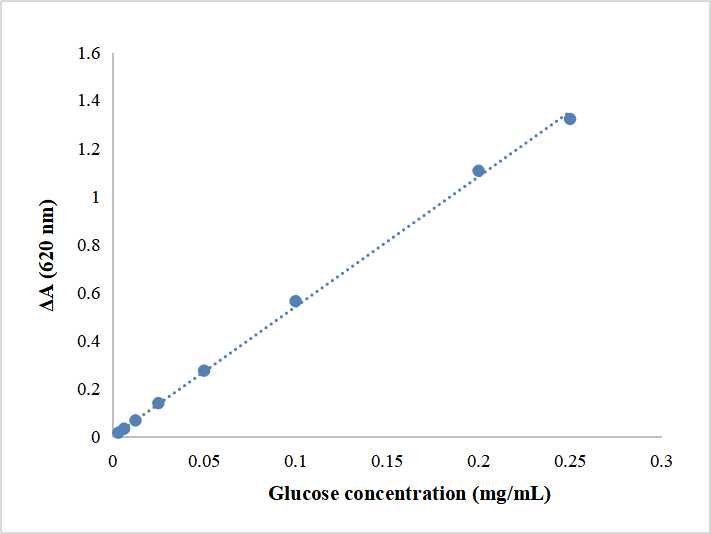
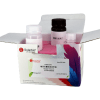
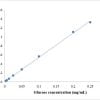
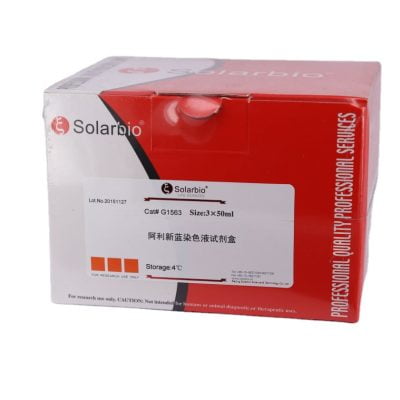
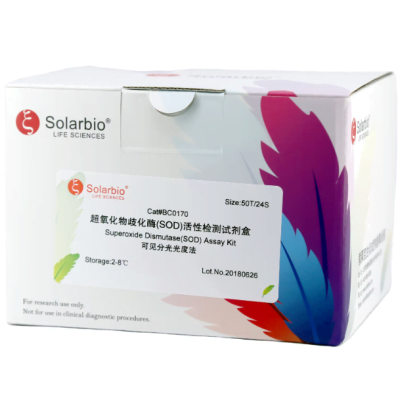
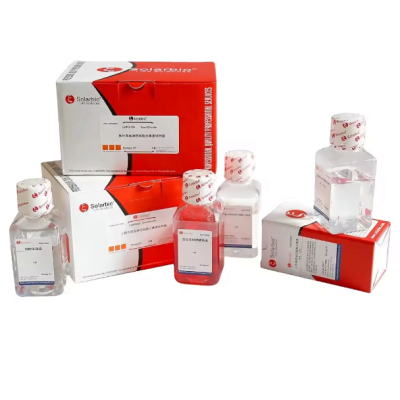
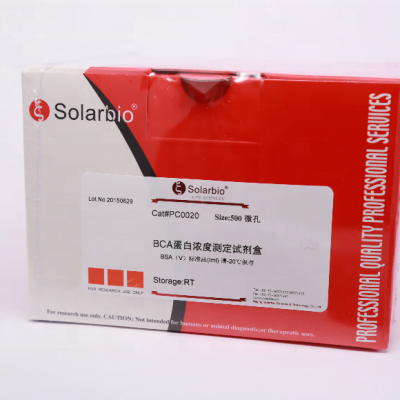

Bewertungen
Es gibt noch keine Bewertungen.